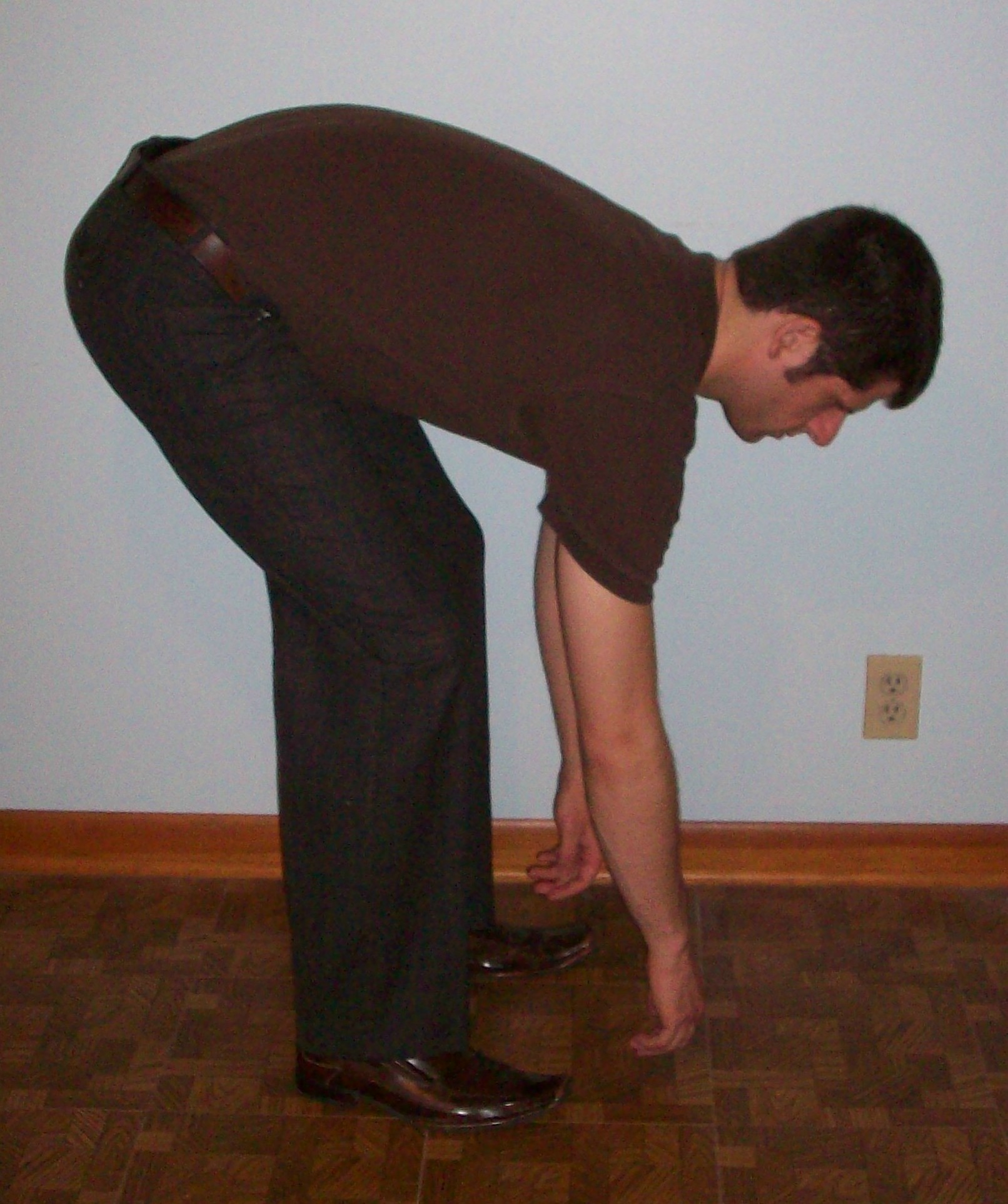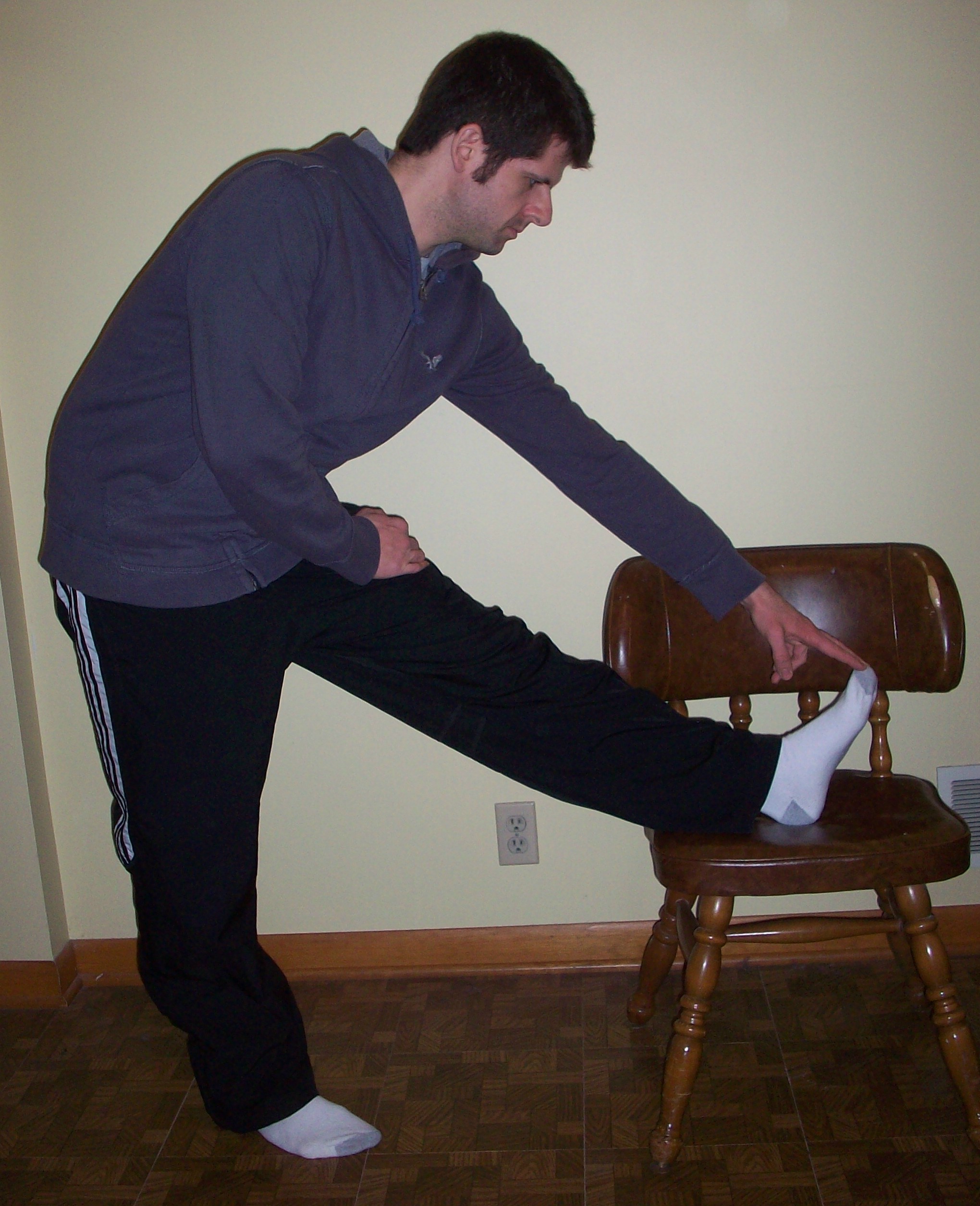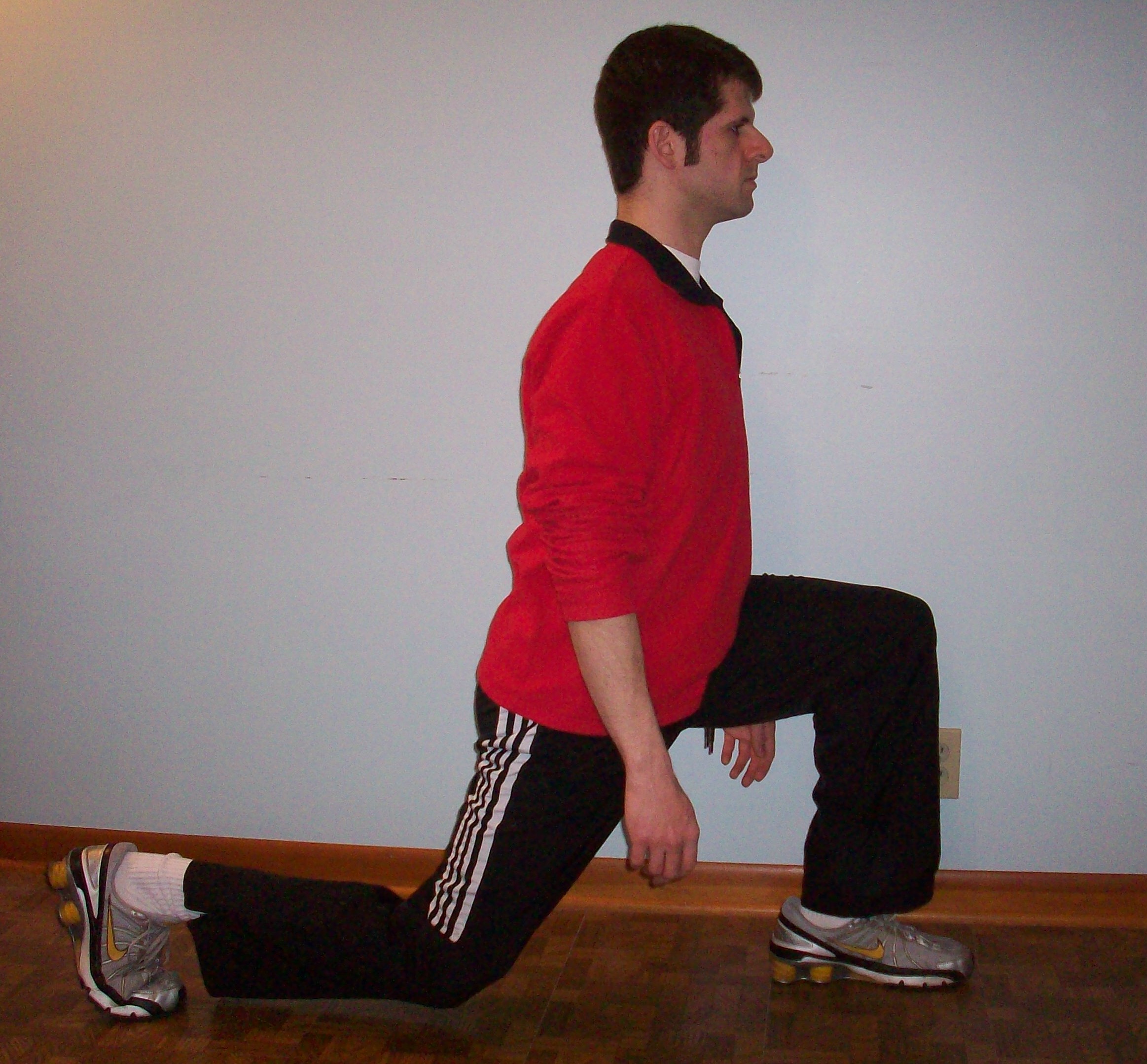BACK-TO-SCHOOL SAFETY: 4 TIPS EVERY PARENT NEEDS TO KNOW
It’s that time again. No, I’m not referring to those pre-dawn wake-up calls, rushing your kids to school on time, or shopping for school supplies. I’m referring to the time your kids complain to you about their backs hurting again. Unfortunately, your child’s time in school, when you can’t observe, is likely injuring his or her back. And, children with back pain are proven to have a higher likelihood of developing back pain as an adult. The good news: there are easy steps to ensure your child doesn’t hurt his or her back during their school day.
Step 1: Make sure your child carries less than 10% of his or her bodyweight in a backpack
Children are likely to suffer from upper and mid back pain if they repeatedly carry greater than 10% of their body weight in backpacks over their shoulders. There is a correlation between backpack weight (greater than 10%) and an increase in missed school days. And, as mentioned, children with back pain are more likely to develop back pain as an adult. Luckily, there is an easy solution: keep less than 10% of your child’s bodyweight in the backpack!
Step 2: Carry backpack loads correctly
Evidence shows that there is a particular way to carry objects in your backpack based on the environment in which you are walking. If you are walking over “rough ground,” you should carry the load of your backpack at the very bottom of the pack. If you are walking over “smooth ground,” carry the load high in your pack. The different walking environments produce varying stresses on the body. Placing the loads to accommodate the terrain can prevent back problems. Obviously, your child is walking over “smooth ground” at school, so keep the loads high in the backpack.
Step 3: Make sure your child walks correctly
According to research, walking quickly, as opposed to a slower walking pace, leads to a shorter recovery time for low back disorders and aids in prevention of future problems. Conversely, walking slowly may actually cause low back problems and worsen the symptoms of a current problem.
Step 4: Sit Properly
Believe it or not, the perfect seated position is one that changes. There is no ideal seated position, because it is the act of sitting that is inherently bad. However, your child is most likely not allowed to get up and move around, while sitting in class. In this situation, there is a way to sit that will do the least amount of harm. To clarify, this advice applies to the person who is not able to stand up and stretch for a rest break. In this instance, the perfect seated position involves having perfect posture. Perfect posture starts with your child keeping a balanced head. A balanced head is in neutral position, meaning it’s not too far forward or backward. Neutral position involves a slight chin tuck—almost as if you are on the verge of a double-chin, but not as extreme.
The back is erect with the shoulders pulled back, hips are moved backward at 90 degrees (avoiding a “C-shaped” hump in the low back), feet are flat on the floor, shoulders are not shrugged, elbows are at 90 degrees and wrists are not bent. If you child isn’t working at a computer, you need not worry about your elbows and wrists. It is critical to prevent slouching.
Dr. Zumstein is the author of Secrets to Preventing Back and Neck Pain: 60 Ways to Protect Your Spine and the founder of The Back Safety & Wellness Consultants. You can find his book, information about his company, or sign up for his free newsletter at www.backsafetyandwellness.com.



